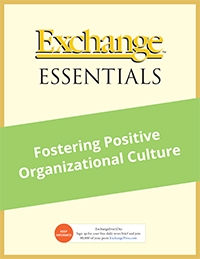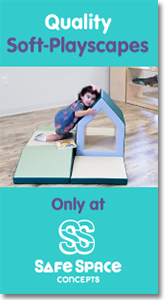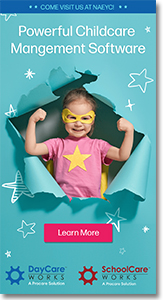ExchangeEveryDay Past Issues
 << Previous Issue
| View Past Issues | | Next Issue >>
<< Previous Issue
| View Past Issues | | Next Issue >> -Oprah Winfrey
On the Forbes website, Dr. Diane Hamilton writes about how organizations can use the Meyers Briggs personality indicator to help employees with different personality styles learn to appreciate each other and cut down on misunderstandings. She explains:
“If everyone is looking at the world through a unique lens, how can we all get along? One of the most important things we can do is ask questions and learn more about each other. We don’t know what we don’t know unless we ask. Curiosity is linked to increased creativity, motivation, innovation and engagement. It opens our eyes to possibilities we never considered. However, if we limit our questions, it limits our ability to improve our empathy, which is a big part of emotional intelligence. Building empathy and developing interpersonal skills help with the communication process. Organizations must be proactive to avoid becoming another negative case example.”
Diana Khanagov, in an article that’s part of the Exchange Essential article collection, “Supervising People Effectively,” describes how the Meyers Briggs personality indicator can be used specifically in early childhood settings. She writes:
“Whether it's NAEYC accreditation or helping a child move from diapers to toilet, a child care career promises plenty of opportunities to work with people with the same goals but different ideas about how to approach and achieve them. These differences, ever so slight changes in viewpoint, can cause friction, feuds, and overall frustration that makes one throw up his hands and ask, ‘Why can't everyone just do it my way?’
At times, these differences lead us to toss people into negative categories. A teacher who plans the smallest details of the day is obsessive, while the teacher who leaves free time in the planning book for spontaneous activity is lazy. In 1921, Carl Jung wrote about four different types of personality [which form the basis of the Meyers Briggs indicator], identified 24 centuries ago by Hippocrates. Jung was ahead of his colleagues at the time when he theorized that these differences were not abnormalities in personality. Instead, he maintained that human behavior is predictable and classifiable, that we each have and act upon personal preferences, established early in childhood.”
 |
In our large collection of Exchange Essentials article collections, find resources on subjects such as administration, child development, curriculum, environments, family, and leadership. |
|
Offer valid through April 15, 2022, at 11:59 pm Pacific Time. |





Post a Comment